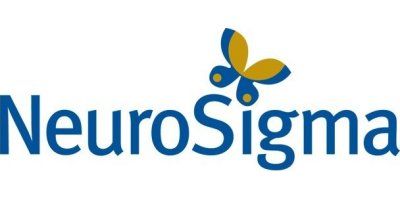

- Home
- Companies
- NeuroSigma, Inc.
- News
- NeuroSigma Announces That a Team Led by ...
NeuroSigma Announces That a Team Led by UCLA Researchers Receives NIH Grant to Conduct a Multicenter Trial of eTNS for Pediatric ADHD
NeuroSigma, Inc., a bioelectronic medical device company, today announced that a team at the University of California, Los Angeles (UCLA) led by Professor Sandra Loo received a National Institutes of Health (NIH) grant to conduct a double-blind randomized controlled trial of eTNS for pediatric attention-deficit/hyperactivity disorder (ADHD). The trial will enroll up to 225 children with moderate to severe ADHD at UCLA and Seattle Children’s Hospital for a blinded period of 4 weeks followed by an open label follow-up period of up to 1 year. Professor James McGough will be the Co-Lead at UCLA and Professor Mark Stein will lead the team at Seattle Children’s Hospital.
“We would like to thank Professor Loo and her team at UCLA as well as Professor Stein and his colleagues at Seattle Children’s for their successful efforts to obtain NIH funding for this important project,” said Dr. Colin Kealey, President of NeuroSigma. “With this study and the recently-announced clinical trial of eTNS for pediatric ADHD at King’s College London, NeuroSigma continues to execute on its strategy of working with leading academic centers to build out a world-class dataset supporting the clinical use of eTNS for pediatric ADHD.”
Building on earlier work at UCLA, this trial is designed to demonstrate the safety and efficacy of eTNS in a larger trial and validate certain hypotheses about the therapy’s mechanism of action, including the possibility of predicting responders with cognitive and EEG tests prior to initiating therapy. Funding for the 4-week blinded period is provided by NIH Grant 1R01MH126041-01A1 with devices and funding for the long-term open label period provided by NeuroSigma.
“We look forward to starting enrollment for this trial in the next few months,” commented Professor Loo. “There is a clear need for non-pharmacologic treatment options in pediatric ADHD. If successful, this trial will confirm the safety and efficacy of eTNS in this patient population, provide further validation of neural mechanisms of action, and provide clinicians with screening tools to predict which patients are good candidates for the therapy.”
